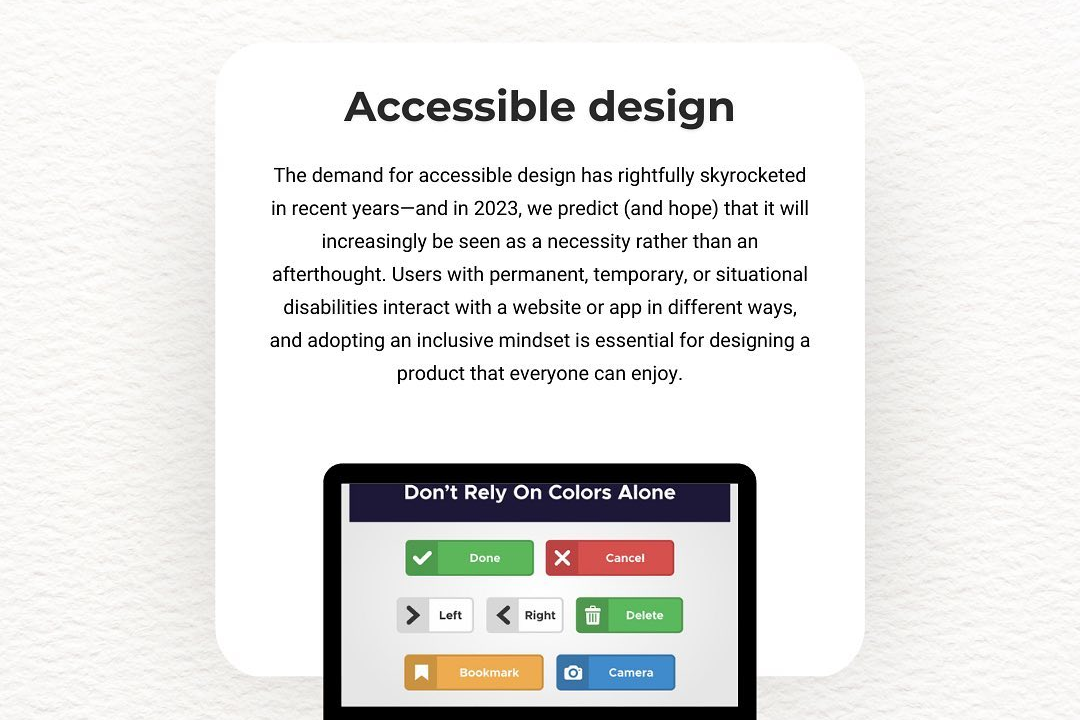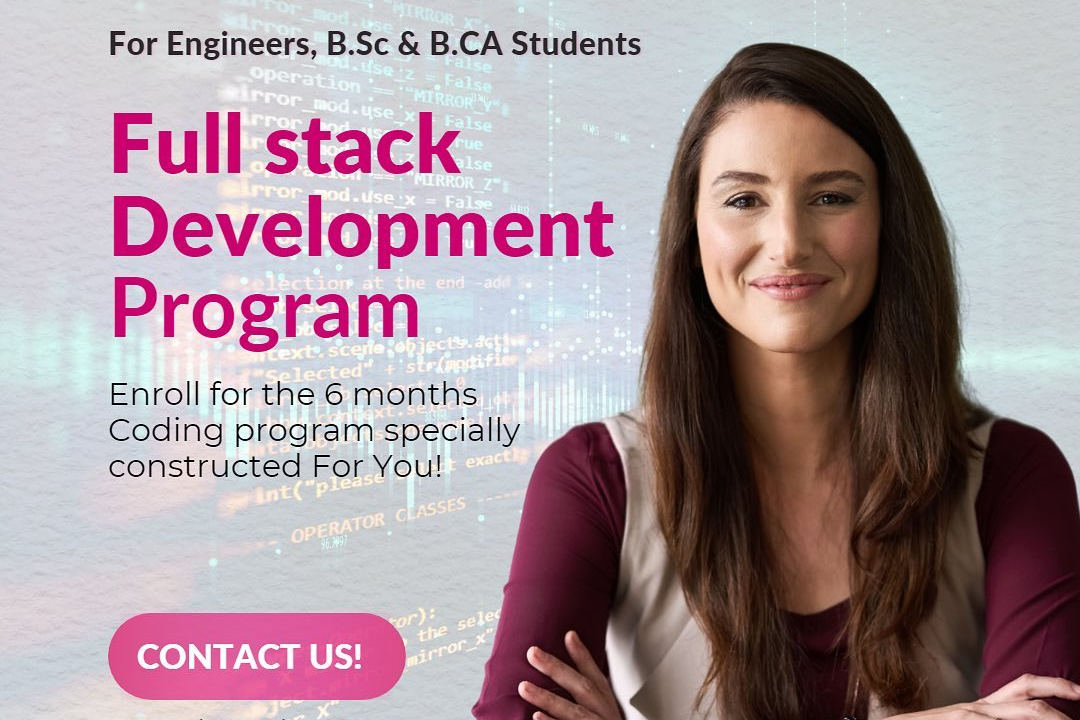Green Cloud Computing
Embracing Sustainability: The Future of Cloud Computing
Green Cloud Computing
Green Cloud Computing refers to eco-friendly and sustainable practices within cloud computing that aim to minimize environmental impact. By optimizing resource usage, reducing energy consumption, and utilizing renewable energy sources, Green Cloud Computing offers businesses an efficient way to manage their IT infrastructure while lowering their carbon footprint. This approach not only helps organizations comply with environmental regulations but also enhances their corporate social responsibility. Ultimately, Green Cloud Computing contributes to a more sustainable future by promoting energy efficiency and resource conservation in the tech industry.
To Download Our Brochure: https://www.justacademy.co/download-brochure-for-free
Message us for more information: +91 9987184296
Green Cloud Computing refers to eco friendly and sustainable practices within cloud computing that aim to minimize environmental impact. By optimizing resource usage, reducing energy consumption, and utilizing renewable energy sources, Green Cloud Computing offers businesses an efficient way to manage their IT infrastructure while lowering their carbon footprint. This approach not only helps organizations comply with environmental regulations but also enhances their corporate social responsibility. Ultimately, Green Cloud Computing contributes to a more sustainable future by promoting energy efficiency and resource conservation in the tech industry.
Course Overview
The ‘Green Cloud Computing’ course offered by JustAcademy provides an in-depth understanding of sustainable practices in cloud computing. Participants will explore key concepts such as energy efficiency, resource optimization, and the use of renewable energy technologies in IT infrastructures. Through real-time projects and hands-on experience, learners will gain practical skills to implement eco-friendly strategies that minimize environmental impact. This course empowers individuals and organizations to adopt greener computing solutions, promote sustainability, and enhance corporate responsibility in the ever-evolving digital landscape.
Course Description
The ‘Green Cloud Computing’ course at JustAcademy focuses on sustainable practices within the cloud computing paradigm, emphasizing the reduction of energy consumption and carbon footprint in IT operations. Participants will delve into concepts such as energy-efficient data centers, renewable energy usage, and resource optimization strategies. Through engaging real-time projects and case studies, learners will acquire the skills necessary to design and implement eco-friendly cloud solutions that promote sustainability while ensuring high-performance computing. This course is ideal for IT professionals and businesses looking to enhance their environmental responsibility and leverage green technologies for a better future.
Key Features
1 - Comprehensive Tool Coverage: Provides hands-on training with a range of industry-standard testing tools, including Selenium, JIRA, LoadRunner, and TestRail.
2) Practical Exercises: Features real-world exercises and case studies to apply tools in various testing scenarios.
3) Interactive Learning: Includes interactive sessions with industry experts for personalized feedback and guidance.
4) Detailed Tutorials: Offers extensive tutorials and documentation on tool functionalities and best practices.
5) Advanced Techniques: Covers both fundamental and advanced techniques for using testing tools effectively.
6) Data Visualization: Integrates tools for visualizing test metrics and results, enhancing data interpretation and decision-making.
7) Tool Integration: Teaches how to integrate testing tools into the software development lifecycle for streamlined workflows.
8) Project-Based Learning: Focuses on project-based learning to build practical skills and create a portfolio of completed tasks.
9) Career Support: Provides resources and support for applying learned skills to real-world job scenarios, including resume building and interview preparation.
10) Up-to-Date Content: Ensures that course materials reflect the latest industry standards and tool updates.
Benefits of taking our course
Functional Tools
1 - Cloud Computing Platforms: Participants will gain hands on experience with popular cloud platforms such as Amazon Web Services (AWS), Microsoft Azure, and Google Cloud. These platforms often incorporate tools for monitoring energy usage and optimizing resources. Students will learn how to use these cloud solutions to design, deploy, and manage applications in an environmentally friendly manner, leveraging built in capabilities that can help reduce carbon footprints.
2) Green Analytics Tools: The course introduces students to analytics tools specifically designed for assessing energy consumption and carbon emissions within cloud environments. Tools like Green Cloud Metrics provide valuable insights into the environmental impact of computing resources. Students will learn to interpret data and make informed decisions that promote sustainability, while also evaluating and improving the energy efficiency of their cloud deployments.
3) Virtualization Software: Participants will explore virtualization technologies such as VMware and Hyper V that allow for the efficient use of physical resources. Understanding these tools enables students to create virtual machines and optimize server utilization, significantly reducing the energy consumption associated with physical hardware. This module emphasizes the role of virtualization in creating a green IT infrastructure.
4) Energy Management Systems (EMS): The course covers the importance of Energy Management Systems used in data centers for tracking and optimizing energy use. Tools like SolarWinds and Schneider Electric’s EcoStruxure will be discussed, providing students with knowledge on how to monitor real time energy consumption, identify inefficiencies, and implement strategies that minimize waste and improve energy performance.
5) Sustainable IT Certifications for Cloud Services: Students will be introduced to various certifications and standards that govern eco friendly cloud practices, such as ENERGY STAR and LEED. Understanding these frameworks helps students recognize the importance of compliance in constructing green cloud solutions. They will learn how to apply for these certifications and the benefits they bring to organizations looking to showcase their sustainability efforts.
6) DevOps and Automation Tools: The use of automation tools like Ansible, Docker, and Kubernetes will be emphasized in the course. These tools help streamline processes, minimize resource consumption, and improve deployment speed. Students will learn how automation can be leveraged to achieve sustainable practices by reducing operational overhead and ensuring efficient use of resources, which is critical in achieving green cloud computing goals.
7) Renewable Energy Integration: Students will learn how to integrate renewable energy sources such as solar, wind, and hydroelectric systems into cloud infrastructures. This module covers the benefits of using clean energy to power data centers and cloud services, along with practical strategies for transitioning traditional setups to renewable energy supported models.
8) Energy Efficient Software Development: The course emphasizes the importance of writing efficient code that minimizes resource usage. Students will explore best practices in software development that contribute to energy efficiency, including algorithm optimization, reducing resource intensity, and utilizing efficient coding languages. Understanding how software design impacts energy consumption is crucial for developing sustainable applications.
9) Regulatory Compliance and Policies: This section of the course will educate students about regulatory guidelines and policies related to sustainability in IT, such as GDPR and the Clean Cloud Initiative. Participants will learn the need for compliance in cloud operations and how adhering to these regulations can enhance corporate responsibility and public perception, ultimately influencing decision making in sustainable cloud practices.
10) Lifecycle Management: Students will discover the importance of managing the entire life cycle of cloud resources, from provisioning and deployment to decommissioning. Focus will be on strategies for assessing and mitigating the environmental impact of hardware, including recycling and repurposing of old equipment, and techniques for extending the lifespan of cloud assets.
11 - Carbon Footprint Assessment Tools: The course will introduce tools and methodologies for assessing the carbon footprint of cloud computing operations. Students will learn about calculators and tracking systems like the Greenhouse Gas Protocol and how to use them to evaluate and report on the environmental impact of cloud services effectively.
12) Collaboration with Stakeholders: Participants will cover the importance of engaging with stakeholders to promote sustainability initiatives in cloud computing. This includes collaborating with suppliers, customers, and communities to advance eco friendly practices and how to implement strategies for enhancing sustainability in cloud projects.
13) Case Studies of Leading Green Cloud Solutions: A practical component will be included, featuring real world case studies of organizations that successfully implemented green cloud strategies. Students will analyze these cases to identify best practices and lessons learned, providing inspiration and actionable insights for their own projects.
14) Future Trends in Green Cloud Computing: In this forward looking module, students will explore emerging trends and technologies that are shaping the future of sustainable cloud computing. Topics such as artificial intelligence for energy management and edge computing as an alternative to traditional data centers will be discussed, preparing students to adapt to the evolving landscape of sustainable technology.
15) Hands On Project Work: Finally, the course will include hands on project work where students can apply what they’ve learned to real world scenarios. Participants will design and implement a sustainable cloud solution, utilizing best practices, tools, and methodologies discussed throughout the course, ensuring they have practical experience in green cloud computing.
By incorporating these additional points, the course will provide a comprehensive understanding of sustainable cloud computing practices that prepare students to lead initiatives in green technology.
Browse our course links : https://www.justacademy.co/all-courses
To Join our FREE DEMO Session: Click Here
This information is sourced from JustAcademy
Contact Info:
Roshan Chaturvedi
Message us on Whatsapp: +91 9987184296
Email id: info@justacademy.co
How to Convert Decimal to Binary in Java












